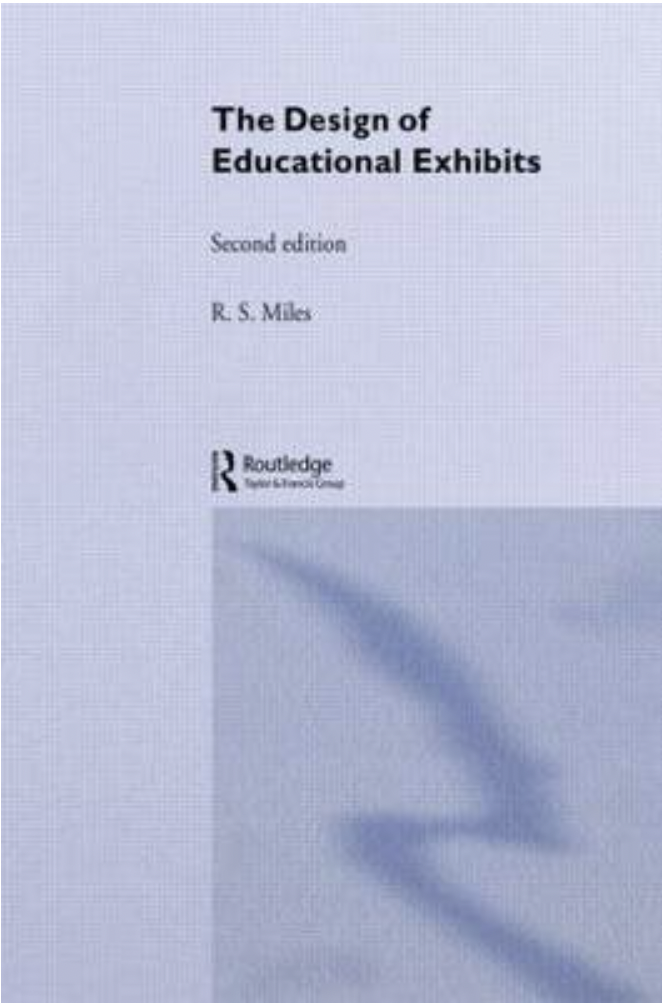Enjoy this article?
Most Museums Journal content is only available to members. Join the MA to get full access to the latest thinking and trends from across the sector, case studies and best practice advice.

Published in 1988, this second edition was printed in 2001 and a digital version was made available in 2005.
I’d like to focus on the Disabled Visitors chapter as it provides direction for the route I have taken in my career in striving to create interpretative content that is accessible to everyone.
I found merit in the diagrams that demonstrate eye-level measurements for placing objects and interpretation panels for those with mobility issues, and I also benefited from the paragraphs on visually impaired and deaf visitors outlining tactile accessibility.

However, my concern about this chapter is the paragraph on the “mentally impaired”.
I was viscerally angered to see the outdated word “retarded” used within the text and was incensed at the implication that those with learning difficulties have no way to effectively engage with museum-based learning.
This demonstrates a lack of effort to reach out. With the number of reprints, this is not only an ableist action, but it is detrimental to the progress of inclusive practice in the sector.
I have close family members with learning disabilities, and I only received an autism diagnosis recently. My past experiences combine to fuel my passion for accessibility in this area.
This book was first published 35 years ago, so there is no excuse to still be using the ableist terminology that it does.
Becky Ealy is a freelance consultant for equitable interpretation
Most Museums Journal content is only available to members. Join the MA to get full access to the latest thinking and trends from across the sector, case studies and best practice advice.